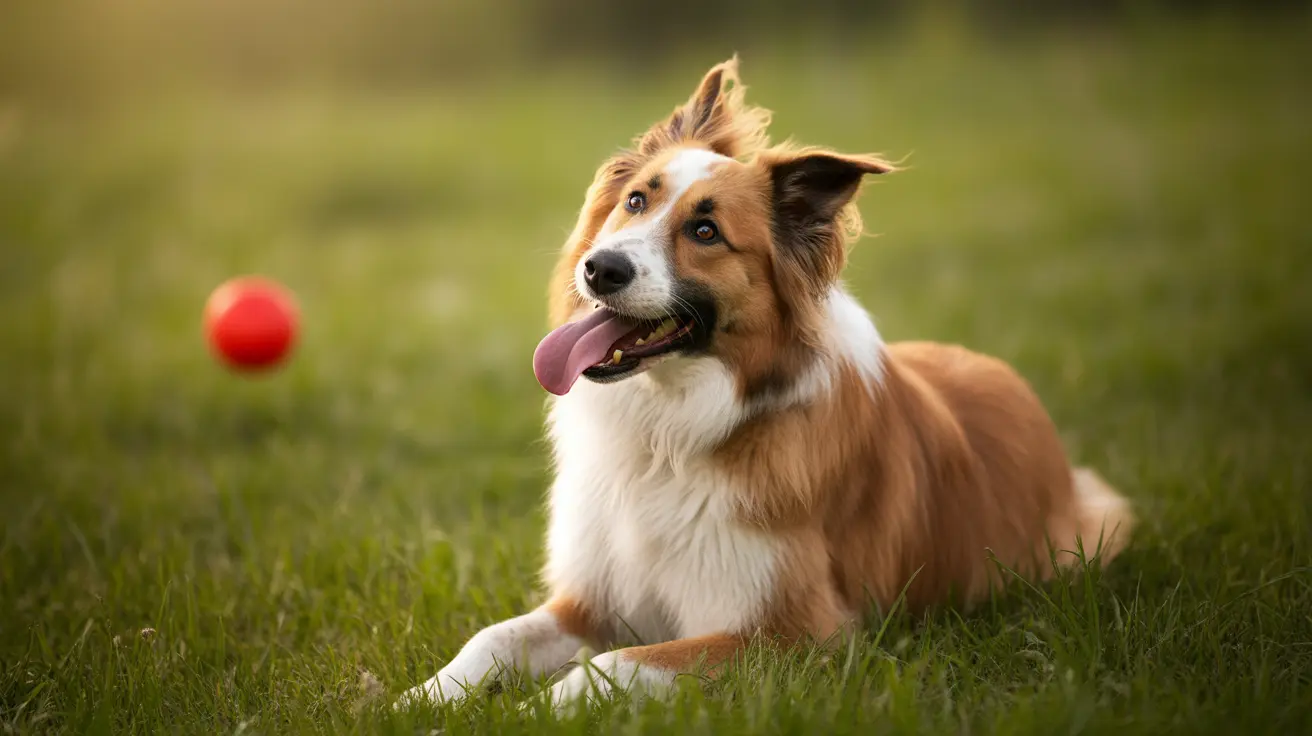Can a Dog's Stomach Dissolve Bones? Understanding the Risks of Chicken Bones
Many dog owners wonder whether a dog's stomach can safely process bones, especially when their pet accidentally snatches a chicken wing off the counter. While dogs are naturally inclined to chew on bones—often seen as a treat or a diversion—it's important to understand the risks associated with bone ingestion, particularly when it comes to chicken bones.
Why Dogs Like Bones
Dogs are descendants of wild canines that would gnaw on bones for nourishment and dental benefits. Bones can provide minerals like calcium and entertain a dog for hours. However, not all bones are created equal, especially in terms of safety.
Can a Dog's Stomach Digest Bones?
The stomach acid in dogs is relatively strong—it's designed to digest raw meat and some bone material. Despite this, their stomachs cannot safely dissolve all types of bones. Chicken bones, due to their fragility, are particularly problematic.
The Dangers of Chicken Bones
Chicken bones, both raw and cooked, tend to splinter easily. When chewed, they can break into sharp fragments that can:
- Puncture the esophagus
- Tear the stomach or intestines
- Cause internal bleeding
- Lead to life-threatening blockages
Cooked chicken bones are even more dangerous due to increased brittleness, while raw bones carry the additional risk of bacterial contamination such as salmonella or E. coli.
What to Do If Your Dog Eats a Chicken Bone
- Stay Calm: Panicking can cause your dog to gulp down the bone hurriedly, increasing the danger.
- Do Not Induce Vomiting: This could cause the sharp fragments to damage the esophagus on their way out.
- Do Not Attempt Manual Removal: Unless the bone is clearly visible and easily accessible, manipulating it could push it further or cause trauma.
Signs of Immediate Danger
Seek emergency veterinary care if your dog shows any of the following:
- Choking or gasping
- Pawing at the mouth
- Excessive drooling
- Difficulty breathing
- Vomiting or signs of collapse
Monitoring for 24–72 Hours
If your dog is not in distress, monitor them closely for:
- Persistent gagging or retching
- Vomiting (especially with blood)
- Visible blood in stool or saliva
- Constipation or struggling to defecate
- Bloating or signs of abdominal pain
- Lethargy or loss of appetite
- Sudden behavioral changes
How Vets Can Help
Veterinary professionals may perform:
- Physical examinations
- Abdominal X-rays to identify location and size of bone fragments
- IV fluids for hydration and digestion assistance
- Surgery in severe cases like gastrointestinal perforation or intestinal blockages
What You Can Feed to Help
If advised by a veterinarian, feed easily digestible soft foods such as:
- Boiled chicken with rice
- Canned dog food
- Plain bread
These can help form a cushion around the bone while passing through the digestive tract. Don’t offer medications or antacids unless explicitly prescribed.
Preventing Bone Ingestion Incidents
- Secure all food waste in dog-proof containers.
- Don't leave bones unattended on tables or open trash bins.
- Educate everyone in the household not to feed bones to dogs intentionally.
- Provide safe chew toys as alternatives to satisfy their gnawing instinct.
What to Do If You See Your Dog with a Bone
If your dog has grabbed a chicken bone but hasn't swallowed yet, try:
- Distraction with a treat rather than chasing or yelling, which might cause them to gulp it down
Conclusion
Although dogs have the capacity to digest some bone material, the risks posed by chicken bones—especially their tendency to splinter into sharp shards—make them particularly hazardous. Close monitoring and prompt veterinary consultation are essential if your dog consumes a bone. Most cases may not result in severe complications, but taking the right precautions and staying informed can make a significant difference in your dog’s health and safety.





